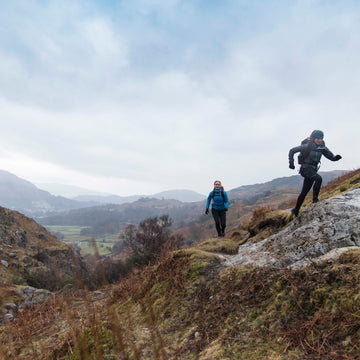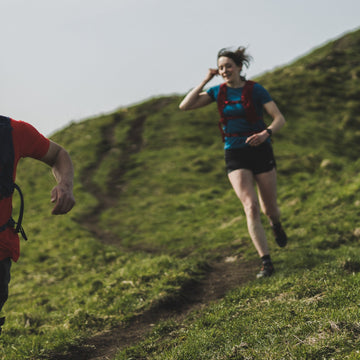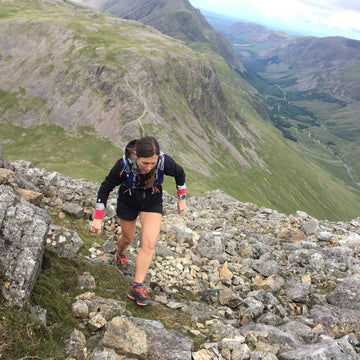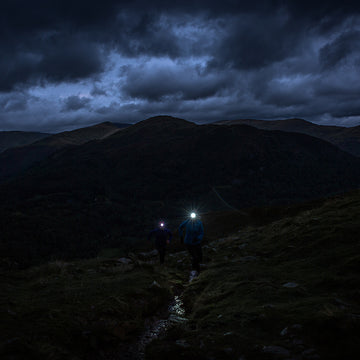
Experience the thrill of MAF running, where each stride becomes a journey of self-discovery.
Stuck in a lockdown running slump, Katie Palmer tried out low heart rate training as a means to revving up her enthusiasm. Two months in to the programme, here’s what she discovered.
Get fit in just 4 minutes a day! Eat beetroot for ultimate endurance! The cogs of the fitness industry are oiled on these quick fixes and secret ingredients but anyone who actually takes part in regular sport and exercise knows that you only get out what you put in. Push yourself harder and longer to achieve success. No pain, no gain. Right?
Well maybe it’s not quite as simple as that. I came across the concept of low heart rate training when searching for inspiration at the start of lockdown. Coming from a year of running highs (completing the Lakeland Wainwrights in 6 months, helping my husband train for his Bob Graham round and competing in the French national trail champs), I was finding the restrictions of lockdown were really knocking my running mojo. I no longer had access to the big fells plus I was missing my regular training buddies. On top of this, I felt constantly seized up, sore and tired and was pin-balling from one minor injury to the next. In a nutshell, running was not making me feel good and I needed something fresh and new to shake things up and get me out of this painful rut.

Scouring the Internet for a new ‘training’ plan (although there were no upcoming events to train for), I stumbled across the website of Dr Philip Maffetone. Although he was by no means the first to realise the potential gains of training at a low heart rate, his ‘MAF method’ book and website are perhaps some of the best known in this field and, as I discovered, athletes across the world of all levels, from complete beginners to endurance pros, were reaping the benefits of this training philosophy.
So what does it involve? Without getting too bogged down in the biology (boffins out there can get the nitty gritty from his website philmaffetone.com), scientists have discovered that everybody has an ideal aerobic training zone. Do all (or most) of your training within this zone and you will, in a relatively short period of time, be able to run faster, for longer at a reduced effort. Sound good? It gets better. Changes in the muscle fibres mean your bones and joints are better supported (so less injury), you start burning way more fat for energy (hello lean physique and the ability to run for much longer without fatiguing) and day-to-day you will feel less tired as your body isn’t getting so strained by pushing too hard.
If all this sounds too good to be true, I have good news and bad. The bad part is that the first few weeks of training within this zone will, for most people, feel very slow; way, way slower than your slowest normal run. Most people (myself included) do most of their training at too high a heart rate. Stray more than a few beats over your maximum and all the benefits start plummeting. Your first few ‘runs’ may well feel more like walks and this can be tough when you’re used to getting your exercise buzz from pushing hard. Social running at this stage is almost impossible too as obsessively monitoring your heart rate does not make for an attentive two-way conversation! It also takes forever to get anywhere and you will have to shorten your regular routes if you don’t have extra hours to spend out there. But before you give this up as a bad idea, there is some good news.really good news!

Within a few weeks of starting to train within your aerobic zone, the pace starts to come back but at your new, vastly reduced heart rate. Coaches who employ this method report that clients typically regain their regular training pace after 3-4 months of low intensity training. The payoff for a handful of awkward weeks could potentially be huge. Every time I passed another runner and felt embarrassed to be going so slow, I would remind myself that I was building myself up whilst they were wearing themselves down. I pictured myself enjoying effortless runs with friends, chalking up better times in races and spending a lot less time and money in the physio clinic!
But even during the initial awkward stage, something else happened that I really wasn’t expecting. I returned from every run completely refreshed and full of energy; no more tired at the end of the session than I was at the start. Whilst out on the trails, I never once felt an urge for it to be over (something that, especially at the start of lockdown, was happening more and more often). I’d get slightly achy legs on a longer run (2+ hours) but was never left with that intense post-exercise strain that could leave me limping and wincing for days afterwards. Once driving for exercise was allowed and I could get to the bigger fells, I found I could enjoy a proper mountain adventure, albeit at a slower pace (walking the ups and jogging the flats and downs).
Believe it or not, I got the same level of satisfaction from these outings, maybe even more as I knew I wouldn’t be hurting the next morning. Plus, it felt like all those hours in my ‘zone’ would be slowly but surely increasing that all-important aerobic base. It’s extremely motivating to know you are working towards something that will improve so many aspects of your running life (and general life too). For the first time ever, if I woke up at 5.30am, I’d sly out of bed and go for a pre-breakfast run (something I’d never been up for before). Running became an absolute joy again.

So can I see myself keeping this up long term? Absolutely. The turning point came when I did my second ‘MAF test’. I did a baseline test (a 5km run with a heart rate as close to 130 all the way round as possible) near the start of my training. When I repeated the test (exactly the same route, time of day, weather conditions and, most importantly, heart rate) 4 weeks later, I was 50 seconds per km faster and 4.5 minutes speedier overall! I need to increase my pace by another minute and a half per km if I am to get back to my normal average speed but am feeling that this is a realistic possibility by the end of the summer (another couple of months).
When I tell people about what I’m doing, I am aware that it seems too good to be true – take it really easy and get faster! I feel like I’m selling the ‘4 minute fitness’ con or the ‘beetroot cure’. But the science is clear and my own improvements in such a short period of time are indisputable. I have changed my whole approach to sport and am enjoying it more than ever. No more pain and plenty of gain – it sounds good to me!
For more information, see The Big Book of Endurance Training and Racing by Dr Phillip Maffetone or 80/20 Running by Matt Fitzgerald.




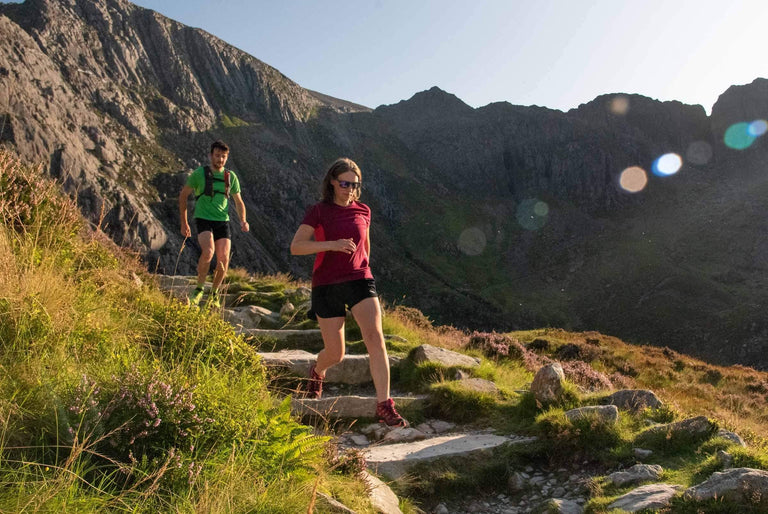

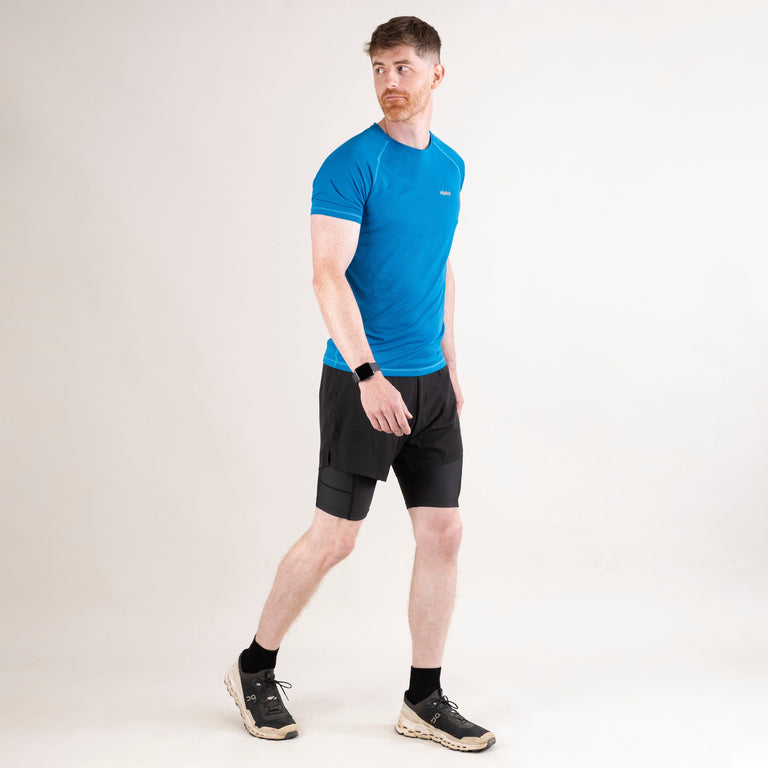
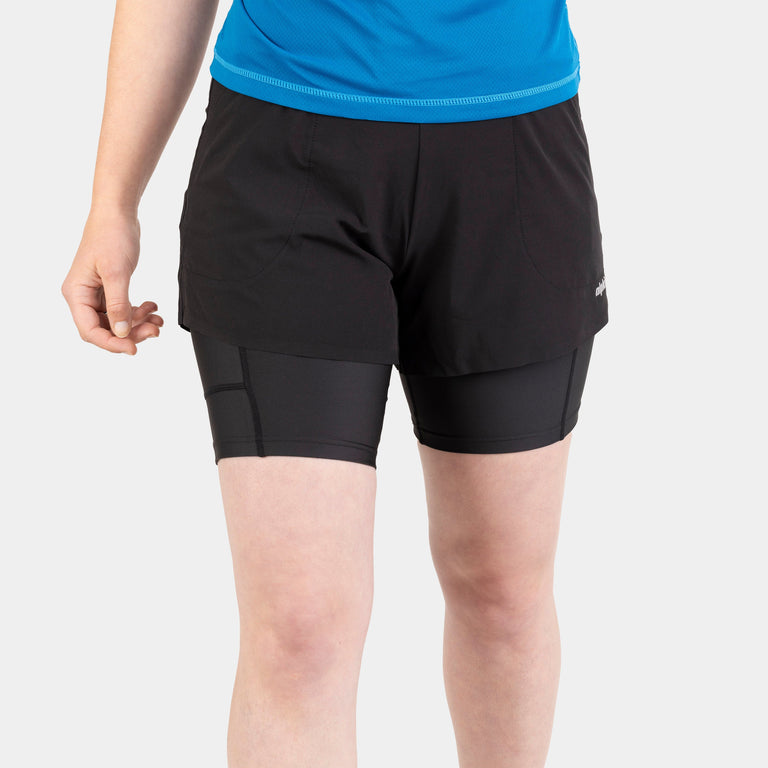
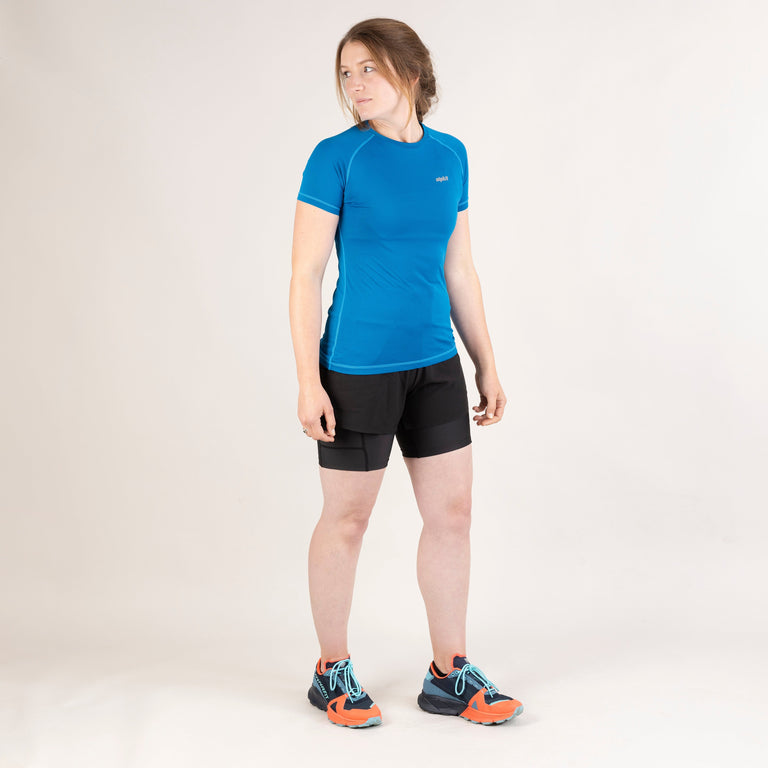

![Vayper Short 6 [Mens]](http://alpkit.com/cdn/shop/files/VAYPER_MENS_TENERIFE_005312__4000px_533bc924-d067-4d39-a146-d80f1ae20554.jpg?v=1695900862&width=768)

![Vayper Short 5 [Womens]](http://alpkit.com/cdn/shop/files/VAYPER_WOMENS_TENERIFE_004825__4000px_d8e2adcc-be0e-4ef5-9c7f-14a502f85f2b.jpg?v=1695908657&width=768)
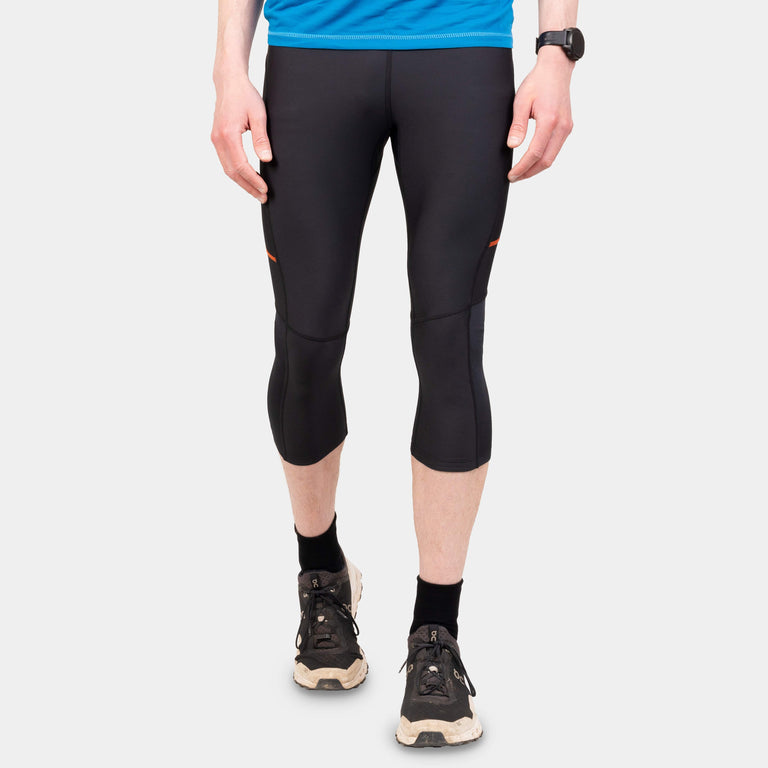

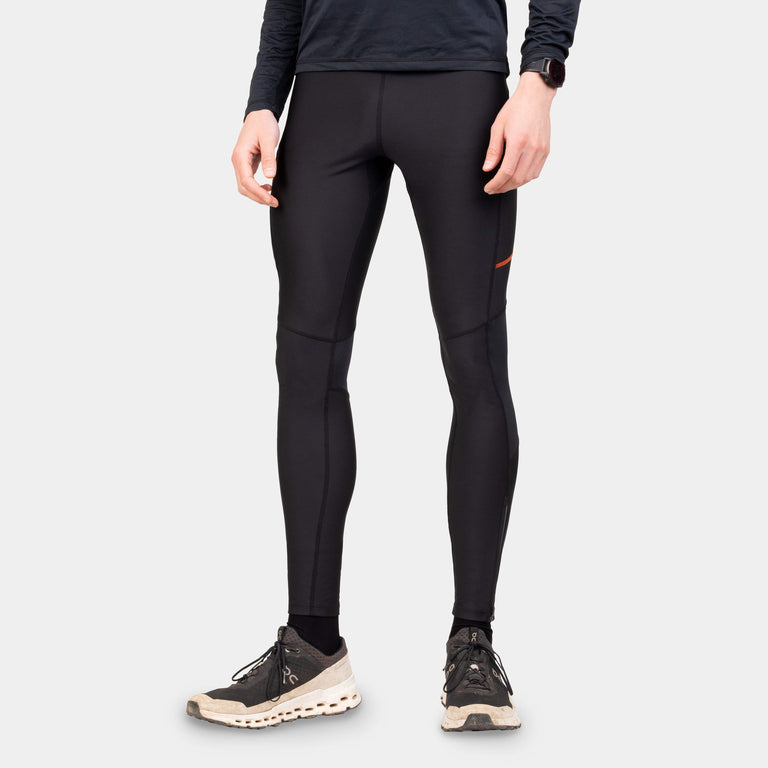
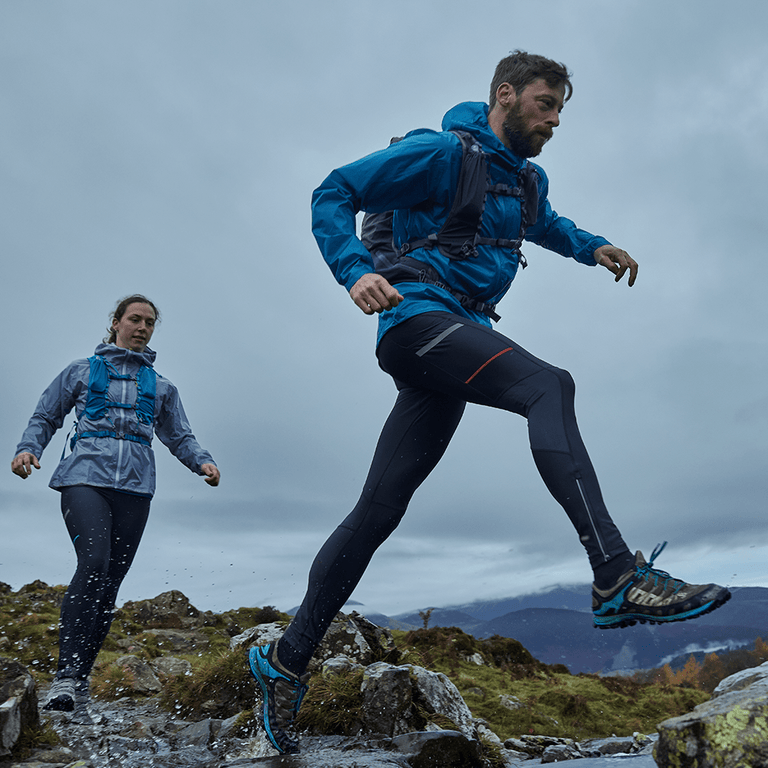

![Koulin Trail 3/4 Tights [Womens]](http://alpkit.com/cdn/shop/files/Running_C3_001637_1.jpg?v=1762197763&width=768)

![Koulin Trail Tights [Womens]](http://alpkit.com/cdn/shop/files/RUN_AW24_Chamonix_0695_1.jpg?v=1762197763&width=768)

![Mello Tight [Womens]](http://alpkit.com/cdn/shop/files/OUTPOST-14_SS23_MALAGA_RUN_Card_2_001009__1.jpg?v=1764159970&width=768)
![Mello Long Short [Womens]](http://alpkit.com/cdn/shop/files/womens-mello-long.jpg?v=1764159906&width=768)
![Mello Long Short [Womens]](http://alpkit.com/cdn/shop/files/womens-mello-long-short-1.jpg?v=1764159906&width=768)

